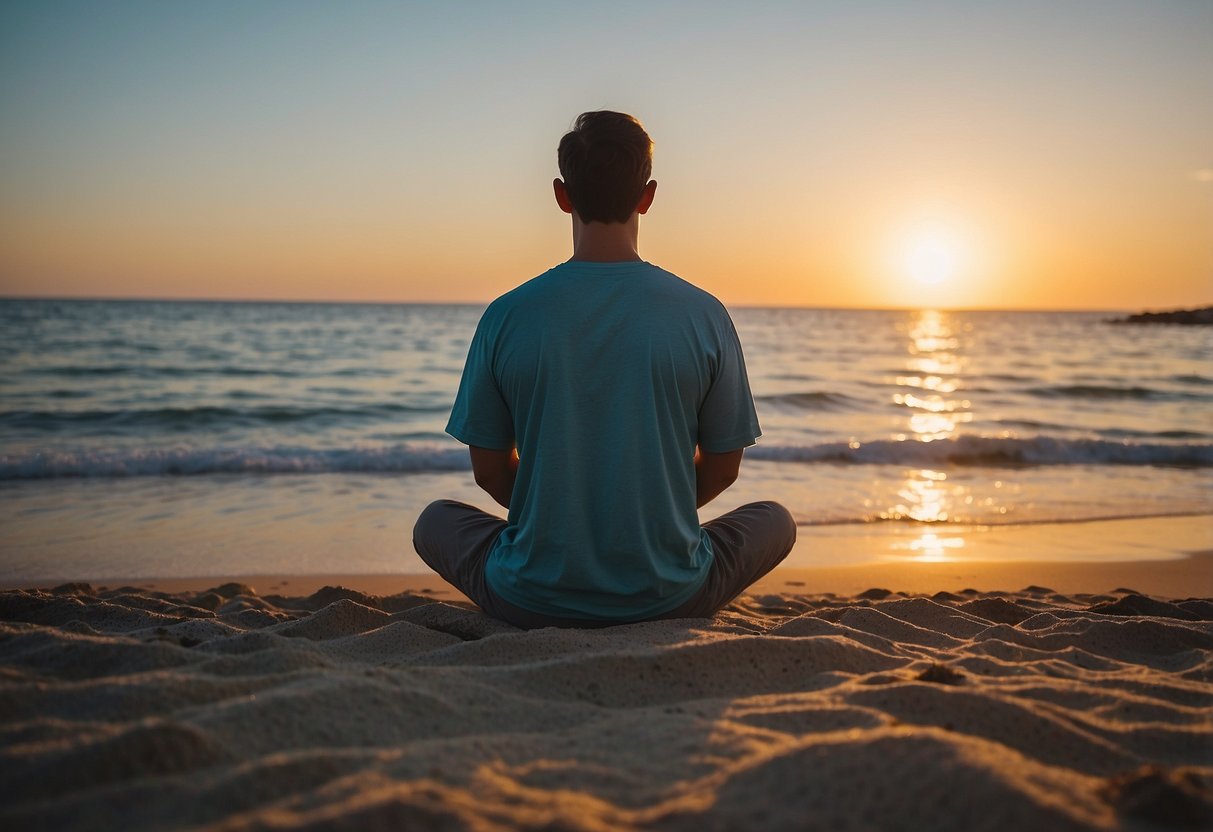
6) Tai Chi
Tai Chi is a traditional Chinese practice combining fluid movements with breathing exercises. It’s often referred to as “meditation in motion” due to its slow and deliberate movements. Practitioners flow from one pose to another in a sequence, fostering a sense of calm and relaxation.
This technique promotes physical and mental health. It can improve balance, flexibility, and muscle strength. The gentle nature of Tai Chi makes it accessible to people of all ages and fitness levels.
Tai Chi also helps enhance mindfulness. Focusing on precise movements can bring attention to the present moment. This can aid in reducing stress and anxiety.
Regular practice of Tai Chi contributes to a feeling of well-being. It aligns body and mind, fostering an inner sense of tranquility. Engaging in this practice can be a valuable component of a stress-relief regimen.
7) Autogenic Training
Autogenic training is a relaxation technique developed in the early 20th century. It involves self-administered verbal exercises aimed at inducing a state of deep relaxation and balance.
Participants repeat specific phrases that help focus the mind on bodily sensations. For instance, “My arms are heavy” or “My heart is calm.” This mental practice is believed to reduce stress by promoting a relaxed state.
Regular practice of autogenic training may improve sleep, reduce anxiety, and enhance overall well-being. It typically involves multiple sessions per week, lasting about 15 minutes each.
The method can be learned through guided sessions with a trained therapist or via instructional materials. Autogenic training can be a valuable addition to one’s daily routine to manage stress effectively.
8) Essential Oils and Aromatherapy
Essential oils and aromatherapy involve the use of natural plant extracts to promote well-being. These oils can be used in various ways, including diffusers, topical application, and inhalation.
Lavender oil is widely known for its calming effects. Many people use it to help with sleep and anxiety.
Eucalyptus oil is another popular choice. It is often used to clear the mind and improve respiratory function.
Peppermint oil is used to invigorate and energize. It is commonly used to help with headaches and improve concentration.
When using essential oils, it’s important to follow safety guidelines. Some oils should be diluted with a carrier oil before applying to the skin.
It’s also crucial to be aware of any potential allergic reactions. Patch testing a small amount of oil before broader use is often recommended.
Aromatherapy sessions can be done at home or in a professional spa setting. These sessions may include massage, which combines the benefits of touch with the therapeutic properties of the oils.
Inhaling the aroma of essential oils can stimulate areas of the brain connected to mood and emotion. This can help to reduce stress and improve overall mental well-being.
Essential oils can also be added to baths, creating a relaxing environment. They are often used in combination with other stress-reducing techniques for maximum benefit.



